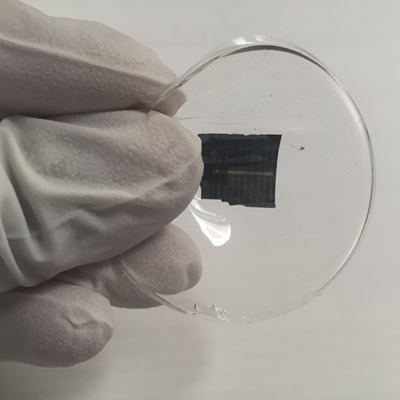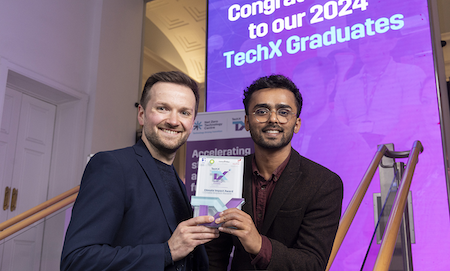The Age of Solar? Cutting-edge technology is helping to usher in a new era of alternative energy use

Utilizing a patent-pending silicon cutting process, California-based Rayton Solar is able to produce up to 100 times as many solar panels as its compe
Utilizing a patent-pending silicon cutting process, California-based Rayton Solar is able to produce up to 100 times as many solar panels as its competitors, using the same amount of silicon. — Photo courtesy Rayton Solar
Sitting as it is at a major intersection in the history of electrical energy, California’s Rayton Solar is poised to take a significant step forward in the provision of more affordable power to thousands of North American homes.
Founded in late 2013 and using a silicon-cutting technology its team has perfected, Rayton aims to take Float Zone ingots—the highest grade silicon used by NASA—and slice them into wafers a mere three-millionths of a metre (three microns) thick.
“Our patented process bridges the gap between particle accelerator technology and solar energy production,” said company founder and CEO, Andrew Yakub. “This means we use 50 to 100 times less silicon, waste less material and lower manufacturing costs by up to 60 per cent,” he explained.
Rayton’s solar cells have also shown a 25 per cent increase in sunlight-to-electricity efficiency, meaning less panels will be required to produce the same amount of power as those currently available in the market.
Encased in conventional glass and aluminum modules, Rayton panels will have the same 25-year lifespan.
By itself, that is exciting enough but Rayton’s research and entrepreneurial energy may end up having an even wider beneficial effect. It could prove to be one of the essential catalysts that propel the future of electricity away from traditional, hugely expensive projects and toward the opportunities available from the fast-growing army of companies entering the alternative energy market. As that evolves, instead of having power generation concentrated in single locations, it can be deployed as, where and when it is justified by demand.
There is no doubt, for example, that GabEnergy on Gabriola Island would be delighted to have less expensive solar panels available. In addition to advice and practical assistance, this non-profit society has provided solar modules at the lowest possible cost for over 50 installations on the island, as well as to projects like the Solar Garden in Nelson, B.C.
Blazing the trail for other Gulf Islands, the group adds only a 10 to 12 per cent markup to cover costs of administration. Reached at his home in early March, Dave Neads, one of the society’s founding directors, noted that he lived much of his early life in isolated areas of the Cariboo Chilcotin where grid power was often not available.
“When I moved down to Gabriola and realized I could help the environment as well as save money on my electricity bills by choosing a green-energy alternative, my research suggested solar was the best option,” he said.
Within months of one another and hundreds of miles apart, Rayton Solar and GabEnergy have entered the solar market from opposite ends. Yet both approaches are essential if solar energy is to achieve the recognition it deserves as an energy network of excellence. Yes, it will take a while for Rayton Solar’s revolutionary product to receive the Underwriters Laboratories' final stamp of approval, but the progress each group has made in just over three years is remarkable and encouraging.
In short, as one "solar watcher" said to me, “If Rayton’s claims prove out and they get the funding they are seeking (their discovery) would greatly speed up the use of solar.”



